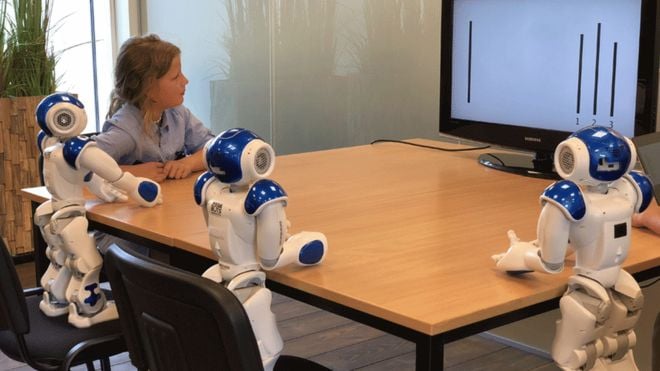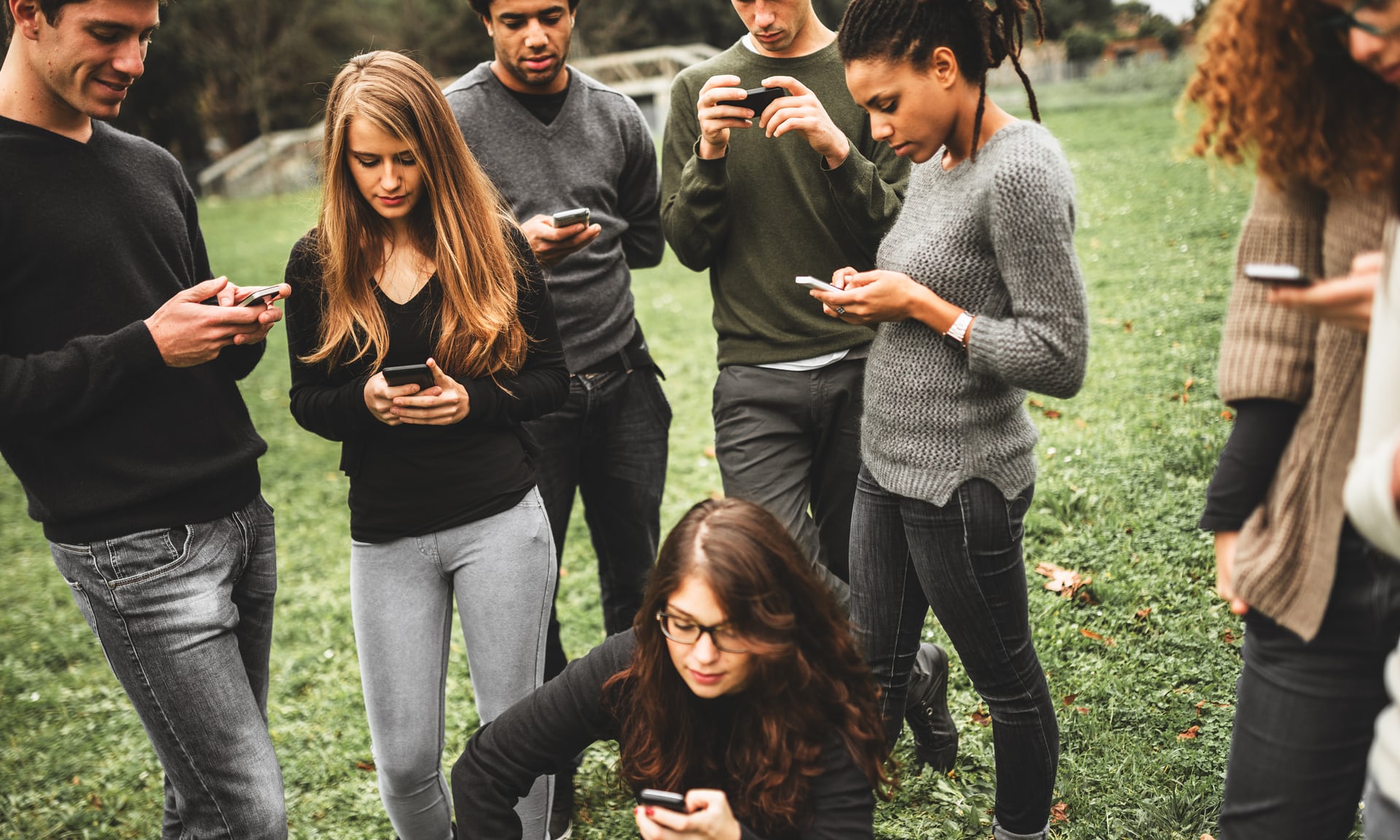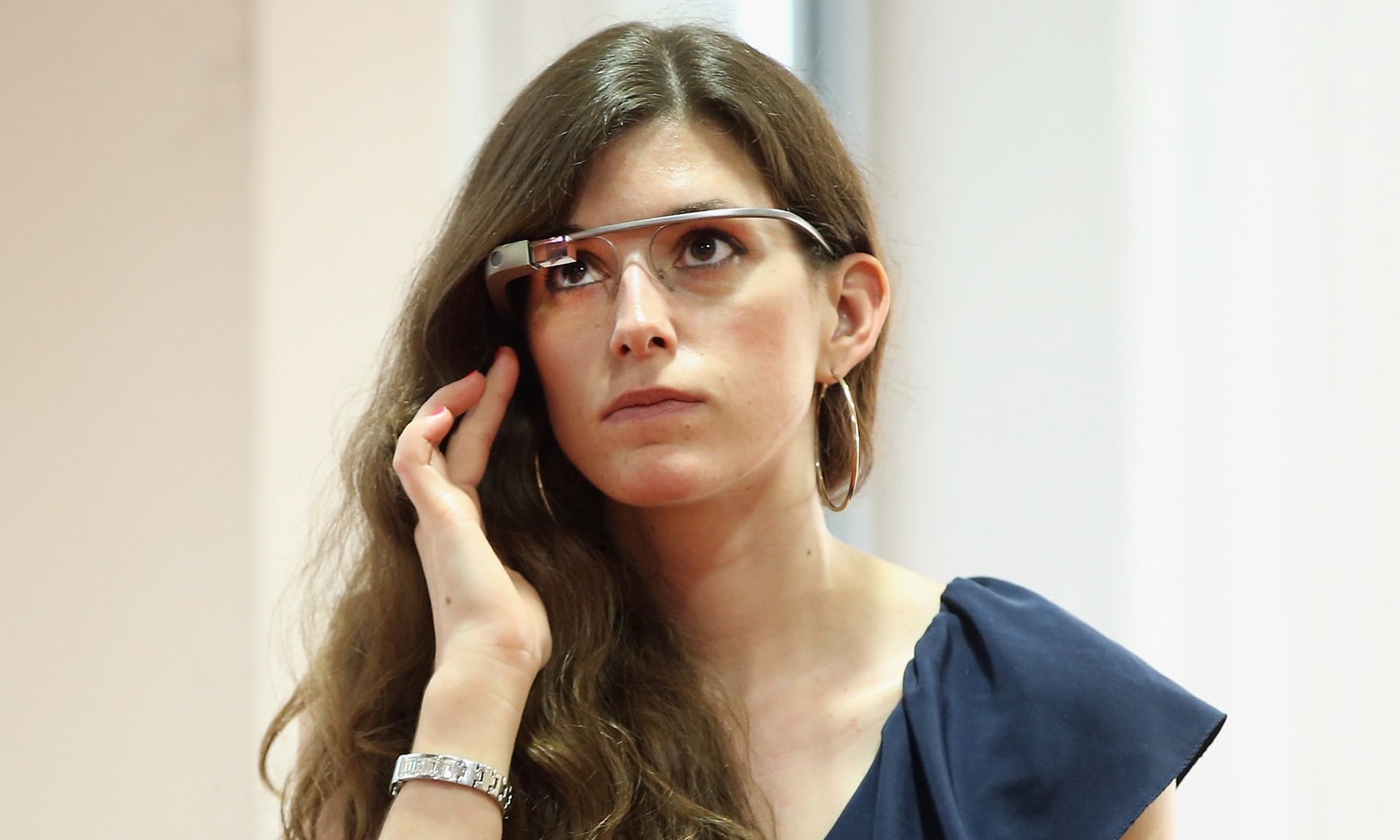Children ‘at risk of robot influence’
Forget peer pressure, future generations are more likely to be influenced by robots, a study suggests.
The research, conducted at the University of Plymouth, found that while adults were not swayed by robots, children were.
The fact that children tended to trust robots without question raised ethical issues as the machines became more pervasive, said researchers.
They called for the robotics community to build in safeguards for children.
Those taking part in the study completed a simple test, known as the Asch paradigm, which involved finding two lines that matched in length.
Known as the conformity experiment, the test has historically found that people tend to agree with their peers even if individually they have given a different answer.
In this case, the peers were robots. When children aged seven to nine were alone in the room, they scored an average of 87% on the test. But when the robots joined them, their scores dropped to 75% on average. Of the wrong answers, 74% matched those of the robots.
“If robots can convince children (but not adults) that false information is true, the implication for the planned commercial exploitation of robots for childminding and teaching is problematic.”



